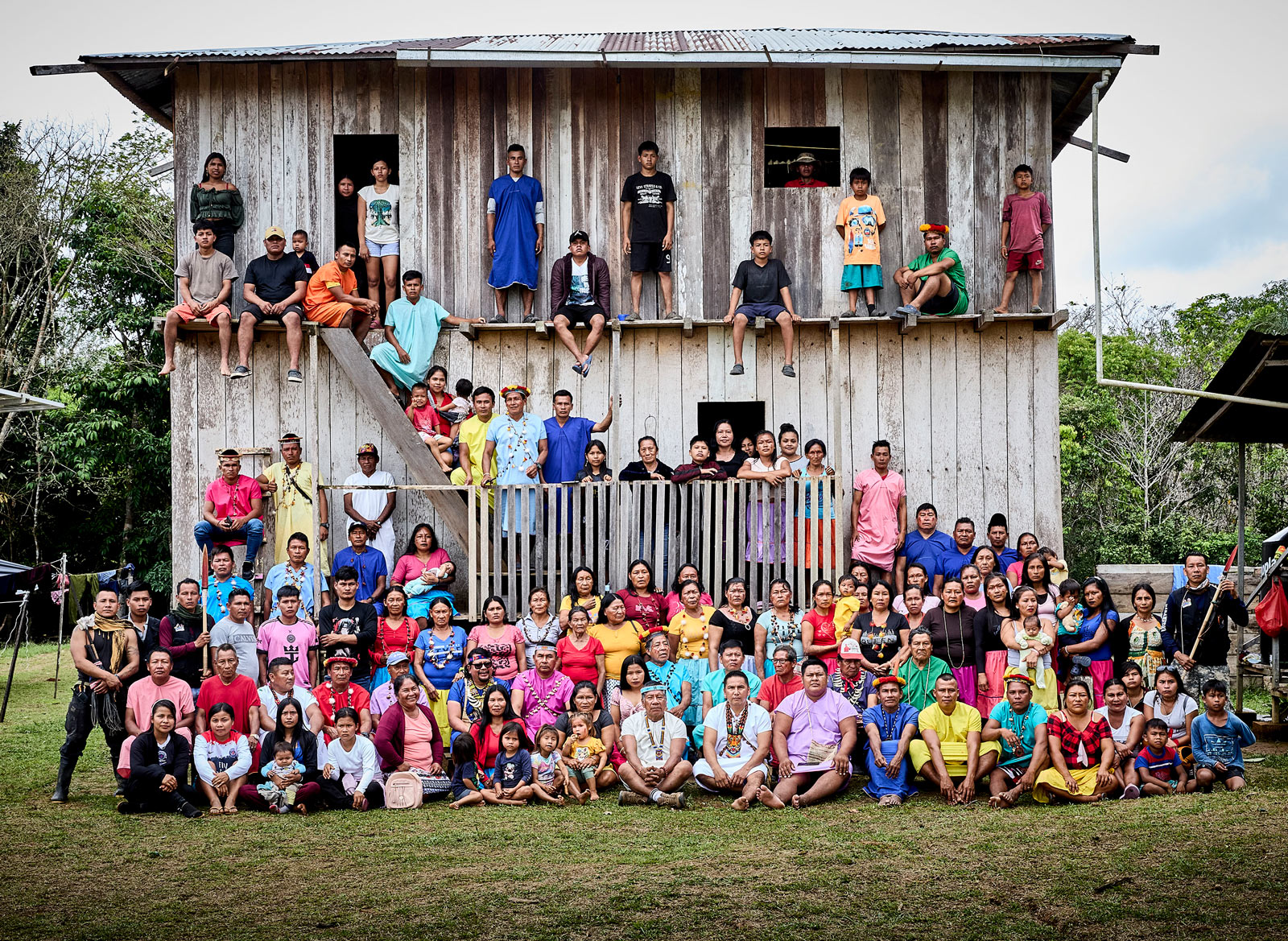By Erika Castillo | Video by Santiago Oviedo
When the canoes finally arrived today in Pë’këya, located in the vast Amazonian territory of Lagartococha on the border between Ecuador and Peru, there was an air of celebration and joy. The Siekopai people converged here, in their ancestral and spiritual heartland, for the Third Binational Meeting of the Siekopai Nation. The meeting is a commemoration marked by the struggle for identity, family reunification, and cultural survival.

The border that divides Ecuador and Peru was drawn in 1941 during a war that fragmented the ancestral territory of the Siekopai. Since then, this tremendous cross-border nation has struggled to recover and preserve its territory since then. Siekopai territory represents not only the home of the Siekopai people but also the epicenter of their spirituality and ancestral memory.
To reach Pë’këya, one must travel ten hours by canoe through the tributaries of the Aguarico River. The journey seems short compared to the long years that many Siekopai people have had to wait to reunite with their relatives. The group passed by dark lagoons, flooded forests, and countless species of fauna and flora. After five hours of travel, their first stop was in the A’i Kofán community of Zabalo, where they recharged with a meal of tuna, onion, tomato, and rice.
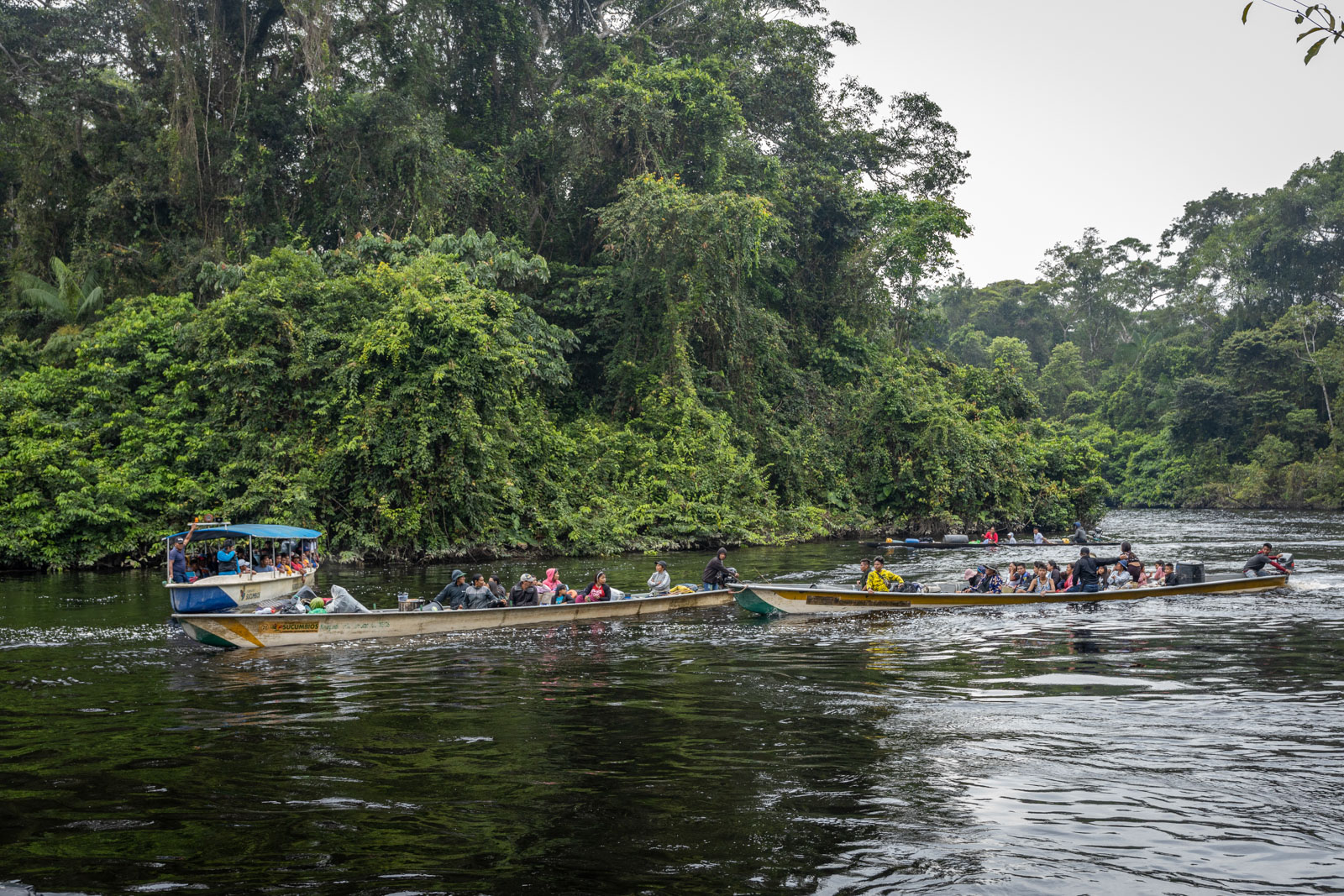
The meeting began at 4:00 a.m. with the traditional consumption of yokó, an ancestral drink prepared with a sacred vine that grows in some parts of the Amazon. This bitter concoction, known for its ability to provide energy and mental clarity, is vital in the daily life of the Siekopai. “We drink it at 4:00 or 5:00 a.m., giving us energy for the whole day. It also allows us to share knowledge and advise our children and grandchildren,” explains Segundo, an elder of the Wajoya community, as he prepares the drink.
As the day progressed, colorfully dressed people prepared for a ceremony. The Siekopai elders played melodies on the jatú, a flute made of bamboo, while the women made neétiku (crowns) and maña (bracelets) with morete branches for traditional dances. There were 14 communities represented. Representatives from the Siekopai Nation of Ecuador came from San Pablo de Katëtsiaya, Wa’iya, Bellavista, Siekoya Remolino, Eno, and Poo´koya. Representing the Secoya Indigenous Organization of Peru (OISPE) were members of the communities of Bellavista (Yubineto), Mashunta, Yaricaya, Angusilla, San Belin, Santa Rita, San Martín, and Wajoya. A circle was organized by country and territory to officially begin the meeting with dances and stories recounting a shared history. Elias Piaguaje, former president of the Siekopai Nation, shared a dream his grandfather had. The dream predicted a future in which his territory, Mañoco, would be preserved. These oral stories are essential for the Siekopai, as they maintain the nation’s living history and the ancestral pathways to defend their right to the territory.
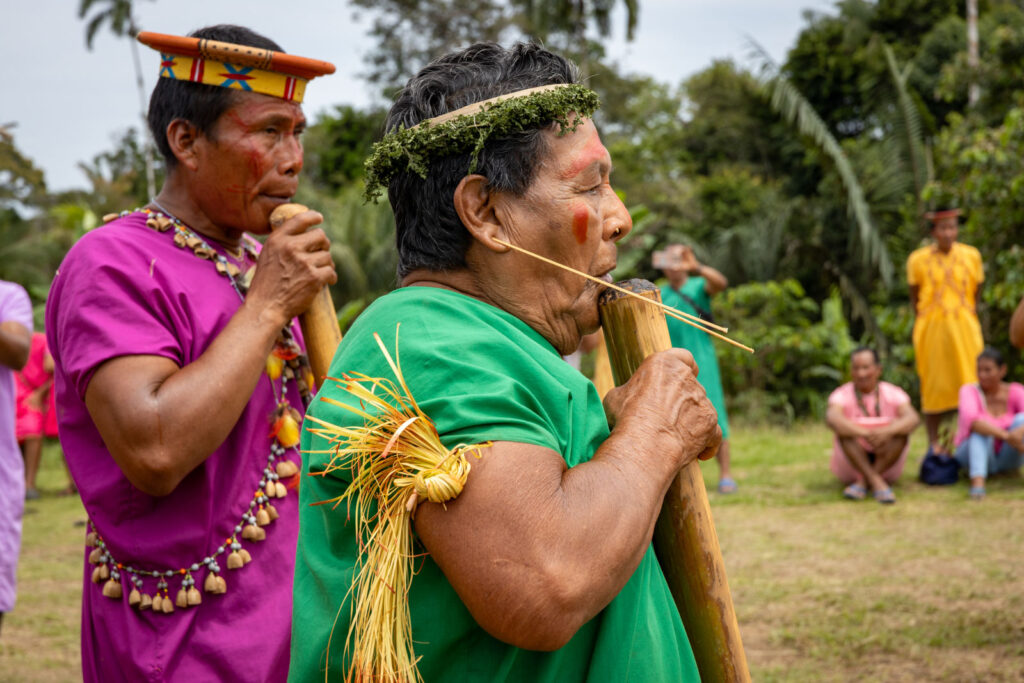
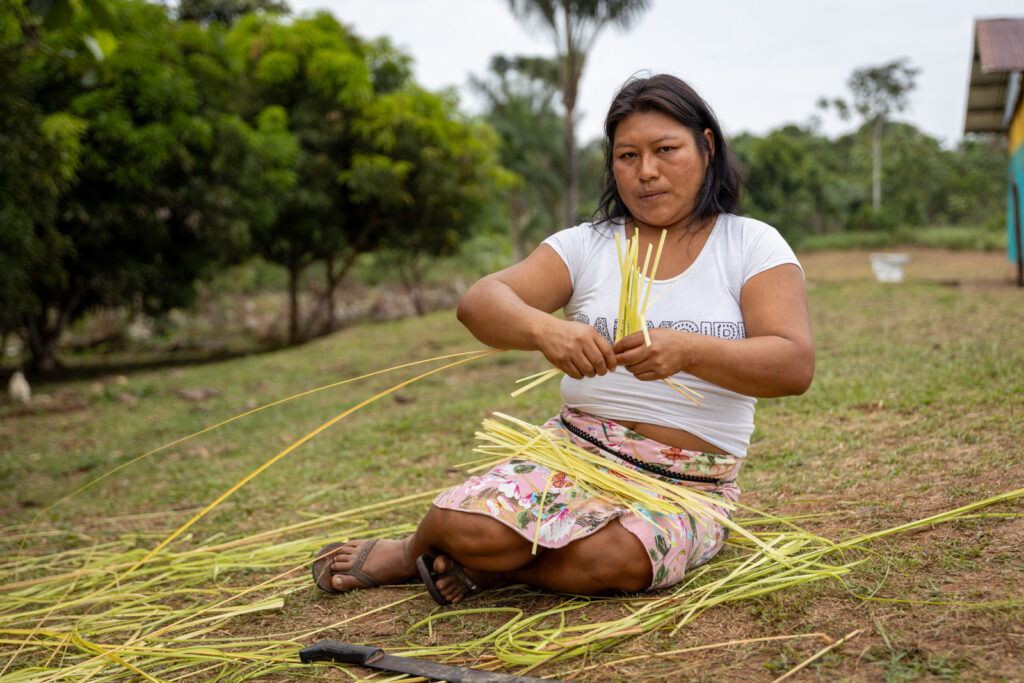
The afternoon also involved gathering medicinal plants and hunting. For more than two decades, the Siekopai elders have accumulated knowledge about the healing properties of plants, which they now pass on to young people to ensure the cultural survival of this knowledge. “These medicines are challenging to find, and many of them exist only in certain places, so we have to travel to collect the plants and plant them in our communities,” says Colón Piaguaje, highlighting the importance of collecting and propagating plants such as aña yoki, used as an antidote to snake venom, and aini pue, which fights hepatitis C.
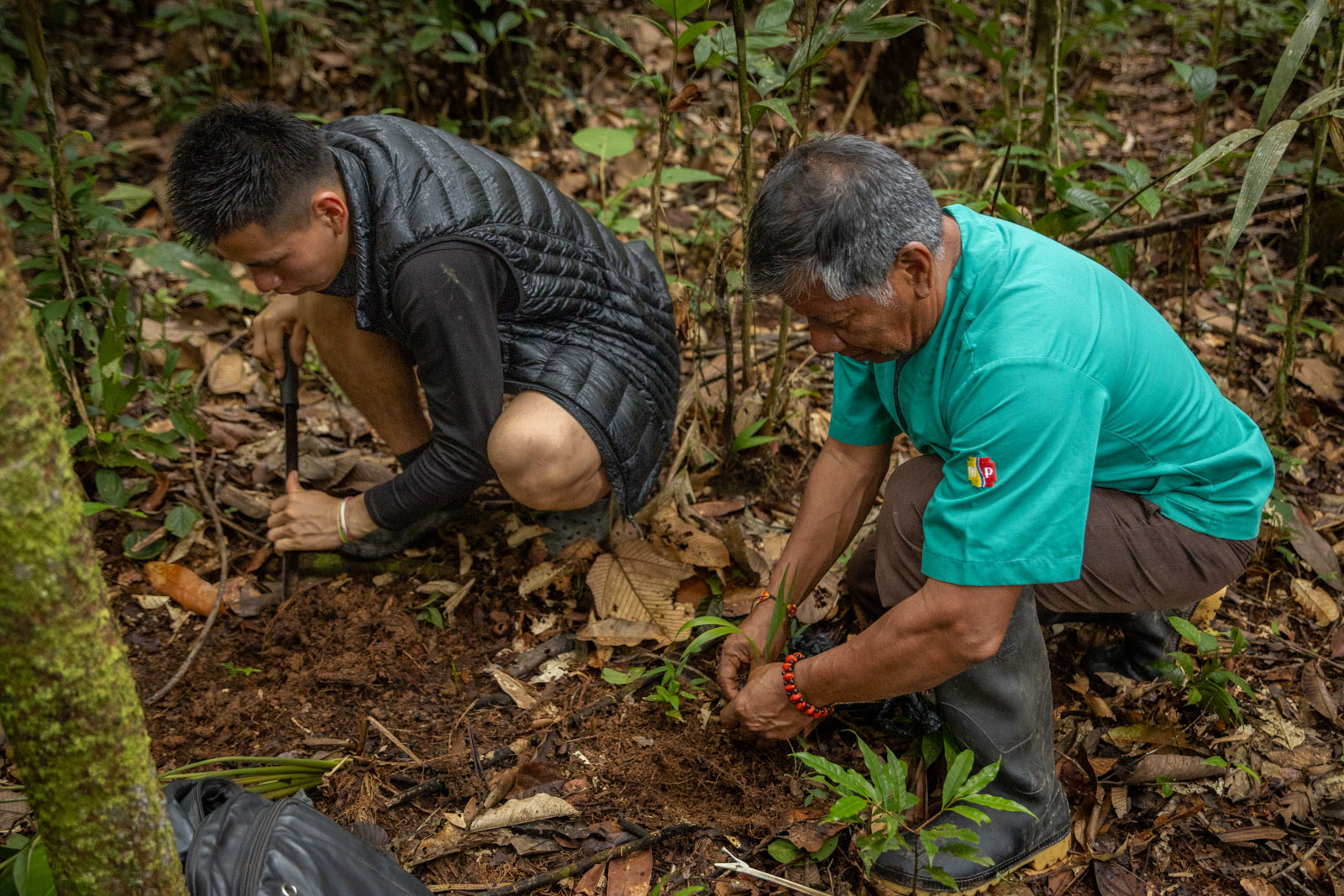
This commitment to preserving cultural identity is also reflected in mapping the ancestral pathways of the Siekopai. The mapping work has been developed with a team from Amazon Frontlines, with whom the Siekopai have found a way to use technological tools and partnerships with allies to monitor their territory and ensure that every corner is under their protection. The collaboration with Amazon Frontlines has allowed the Siekopai to draw up strategies and protocols related to their territorial rights, generating a synergy that not only strengthens the territory’s security but also reinforces the nation’s cultural identity. Mapping represents an integral aspect of the fight for legal titling of their territories, as it documents the historical connection of the Seikopai with their land. Mapping also allows them to collect information on the uses of their territory’s historical sites and sacred places. Moreover, by integrating oral memories with visual maps, the Siekopai preserve their cultural identity and protect their historical memory so that it can be transmitted from generation to generation.
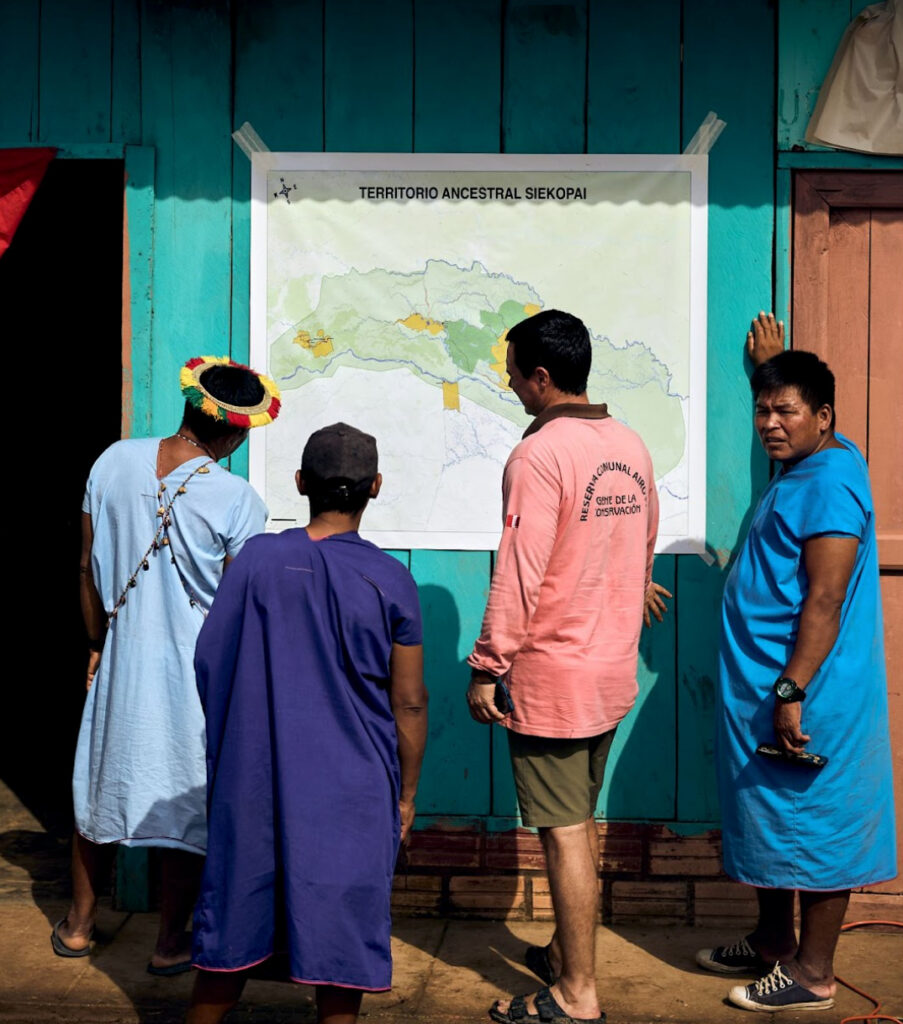
The echo of so many years of struggle resounded as night fell. The Siekopai commemorated their first binational meeting in 1999 in Wajoya, Peru. The screening of a documentary evoked the emotion of those first moments. “After 25 years, we have managed to meet again, and it has been wonderful. We did not believe we would get this far,” said Justino Payaguaje, leader of the Siekopai Nation. The road to get to this reunion has been challenging. Some families, like that of Raúl Rojas, traveled for four days from Bellavista, a small community of 260 inhabitants in Colombia, to reunite with their loved ones. Raúl, who saw his nephew Elías for the first time in 25 years, recalled that “Yiyonague” was his father’s original surname, which later became “Rojas” by imposition. Today, Raúl seeks to recover his ancestral surname as an act of reaffirmation of his cultural identity.
This family reunification event has involved the dismissal of the Siekopai struggle while also opening a space for the Siekopai to build a family tree collectively. This genealogical work has allowed them to connect families and understand their roots. They also designed their flag during the meeting to symbolize their ancestry (after removing the Peruvian flag from one of the community meeting houses). Furthermore, the Siekopai have established agreements to continue their historical struggles, such as declaring, after a vote, that they will meet every two years. The Fourth Binational Meeting of the Great Siekopai Nation will be held in the community of Bellavista de Yubineto on July 22 and 23, 2026.

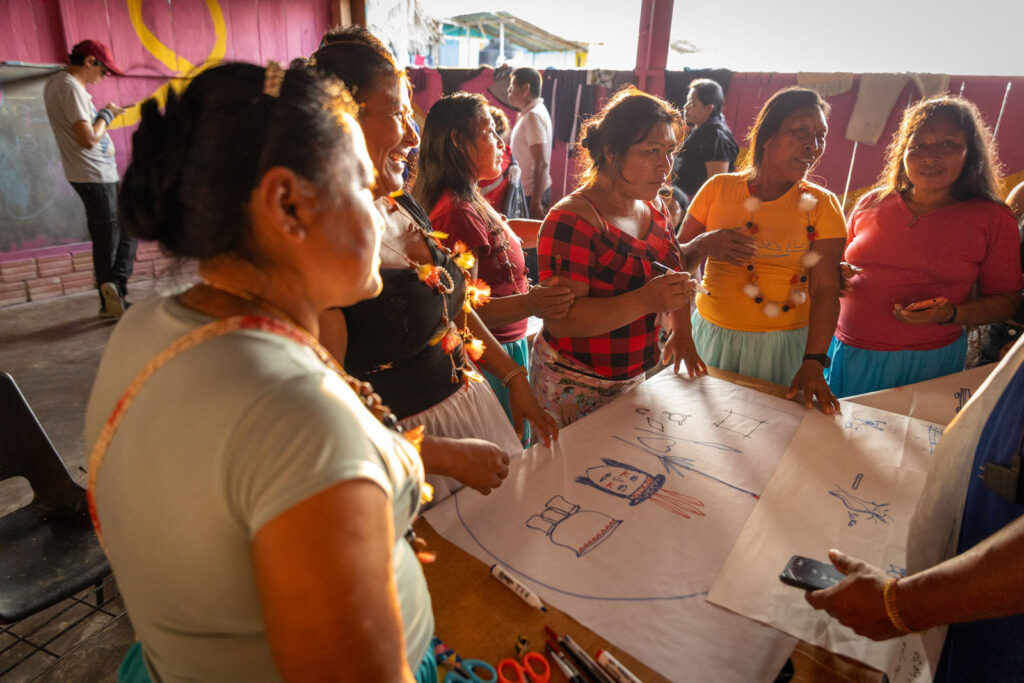
We are one people and one family. We share the same wisdom, struggle, food, yoko, yagé, and territory. For us, the territory of Pë’këya is the heart and center of our spirituality. We Siekopai refuse to disappear. That is why we have gathered in our great Maloca to tell you that we are here and still alive with our identity and way of understanding the world. Nothing and no one will force us to disappear. From the Wakarajairá Lagoon, we demand that the Ecuadorian State urgently apply the decision of the Provincial Court of Sucumbíos, which orders the MAATE to grant us legal title to our Pë’këya territory. In light of constitutional protections in Peru, we demand that the legal titles to our territories be fully and wholly granted to us. We demand that the world listen to indigenous peoples. The world must listen to us as the ancient Siekopai people, a great people. Since we became known to the outside world 500 years ago, the people of our great nation have continued to wear our hair long, use face paint, and hold sacred drinks of yagé and Yoko.
A great deal of preparation was necessary in advance of this meeting, from logistics to guaranteeing the safety of the people who attended. To accomplish this, the work of the Wajosará Indigenous Guard was indispensable. They are the eyes of their communities, and they employ strategies to legitimately defend their territorial autonomy. They combine ancestral knowledge with modern technology, mapping their territories and monitoring threats using GPS and drones.
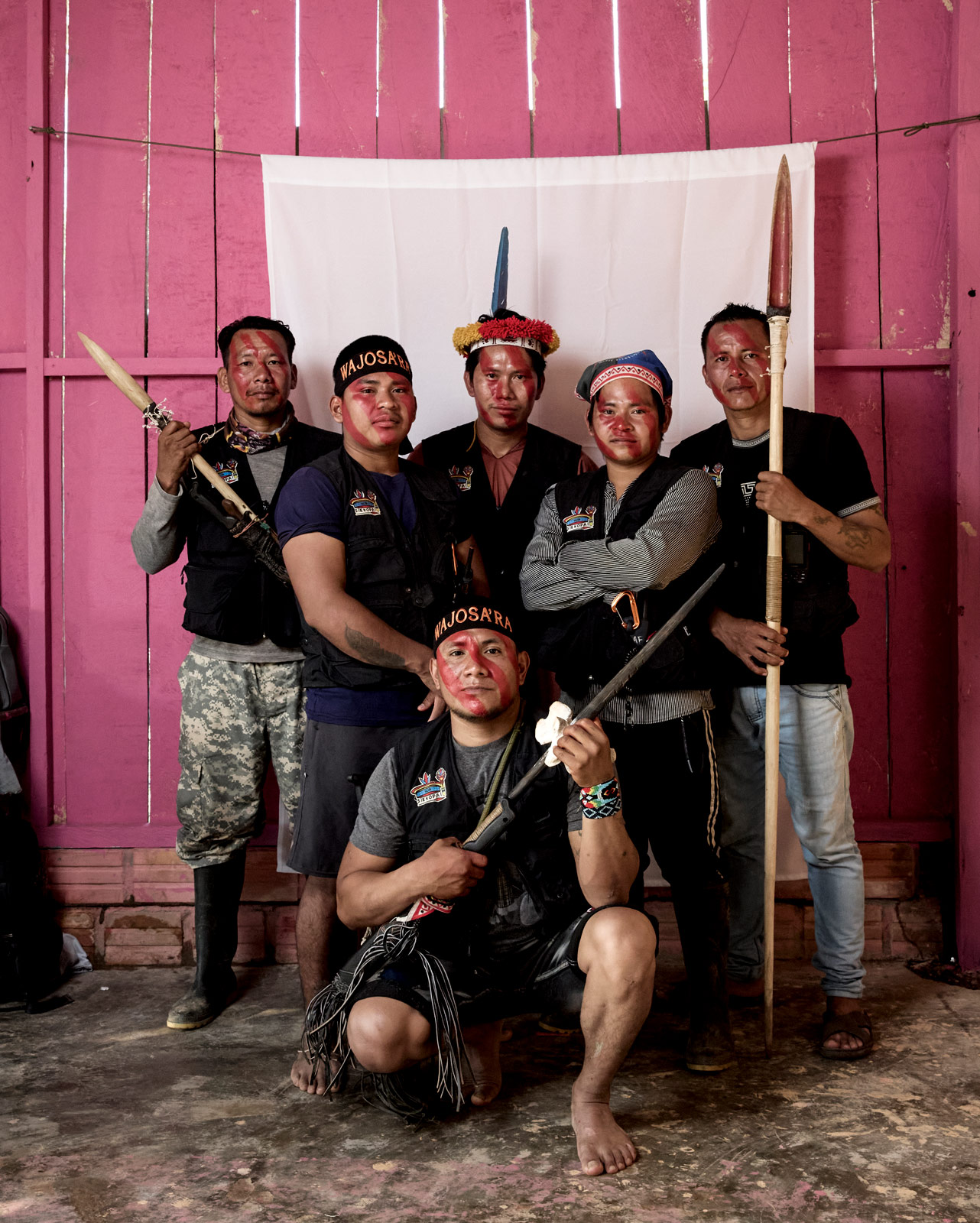
The Third Binational Meeting concluded with an unwavering certainty: the Great Siekopai Nation, with its unbreakable will, continues to write its history. Its history is marked by the strength of its people’s roots and the promise to continue fighting for their physical and cultural survival, their right to exercise self-governance, and the strengthening of their autonomous justice systems. In Ecuador, the Siekopai will continue to demand compliance with the court ruling that provided for the legal titling of their territory of Pë’këya. They will continue to demand that legal title to their territories be handed over comprehensively in Peru. The people of the Great Siekopai Nation will continue to resist until they recover their ancestral territory.
